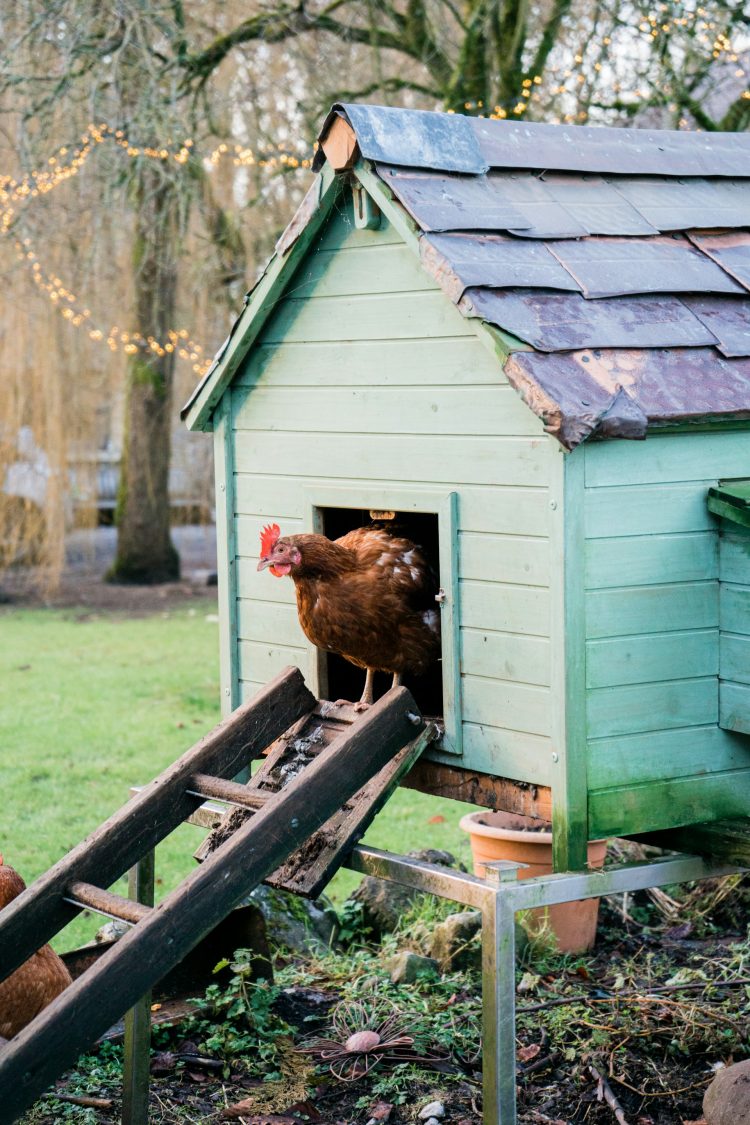Introduction to Backyard Chicken Coops
Raising chickens in your backyard offers a unique blend of rewards and challenges. Not only do you get fresh eggs, but you also benefit from natural pest control and the joy of connecting with nature. The heart of a successful backyard chicken setup is the coop, a secure home where your chickens can sleep, lay eggs, and be protected from the elements and predators.
Why Raise Backyard Chickens?
Backyard chickens can be wonderful pets with the added benefit of producing fresh eggs. They contribute to sustainable living by recycling food scraps into compost and provide natural pest control. Moreover, caring for chickens teaches responsibility and the cycle of life.
Understanding Chicken Coop Basics
A chicken coop needs to satisfy basic needs: protection, comfort, and safety. It serves as a shelter from weather and predators and a cozy nesting place. Getting the basics right is essential products from Pets Gear, is essential for healthy, happy chickens.
Key Features of a Good Chicken Coop
- Size and Space Requirements: Each chicken needs at least 3-4 square feet inside the coop and 8-10 square feet in an outdoor run. Space prevents stress and promotes health.
- Protection from Predators: A sturdy structure with secure latches and predator-proof fencing is non-negotiable.
- Ventilation and Insulation: Proper airflow prevents respiratory issues, and insulation keeps chickens comfortable year-round.
- Nesting Boxes and Roosting Spaces: Essential for egg laying and sleeping, these should be ample and well-placed.
- Easy to Clean and Maintain: A design that allows for easy cleaning will keep the coop hygienic and reduce disease risk.
DIY vs. Pre-built Chicken Coops
Building your coop can be cost-effective and customizable, while pre-built options save time and effort. Consider your skills, budget, and preferences before deciding.
Choosing the Right Location
Location impacts safety, health, and ease of care. Consider sunlight, drainage, and proximity to your house for convenience and protection.
Common Mistakes to Avoid
Overcrowding, poor ventilation, and inadequate predator protection are common pitfalls. Planning and research can prevent these issues.
The Cost of Building vs. Buying
Costs vary widely based on materials, size, and whether you DIY or purchase pre-made. Budgeting carefully will ensure you can afford all necessary features.
Enhancing Your Coop with Accessories
Accessories like automatic waterers, automatic chicken feeder, and egg collection baskets can make chicken keeping more efficient and enjoyable.
Conclusion
A well-planned chicken coop is the foundation of a rewarding backyard chicken experience. By focusing on the essential features and avoiding common mistakes, you can create a safe, comfortable home for your chickens.
FAQs
- How many chickens should I start with? Starting with 3-5 chickens is manageable for beginners and provides enough eggs for most families.
- Can I keep chickens if I have a small yard? Yes, bantam breeds are smaller and well-suited for limited spaces, but consider local regulations.
- What should I feed my backyard chickens? A balanced diet includes commercial chicken feed, kitchen scraps, and access to grass or insects for foraging.
- How often do chickens lay eggs? Depending on the breed, chickens can lay an egg almost daily, though production decreases with age.
- Do chickens need to be vaccinated? Vaccination depends on local disease risks and regulations. Consult with a veterinarian or local agriculture extension office.









